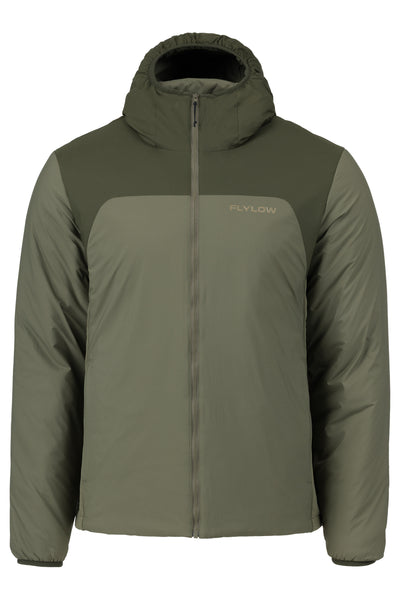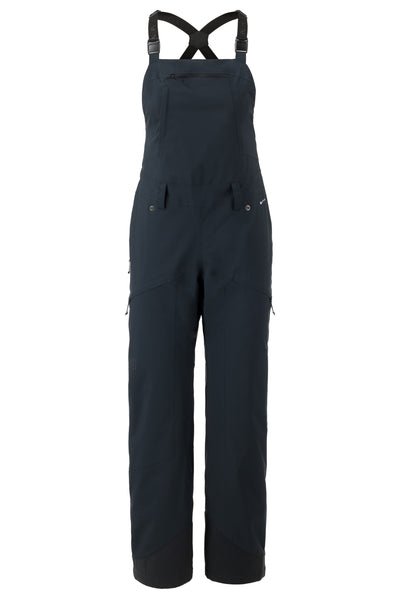This is the winter you finally make it to Japan. Here’s how to do it right.
Yes, it’s a pricey 20-hour travel day to get to Japan. You don’t speak the language. You don’t know how to drive on the left side of the road. And jet lag sucks. None of that matters. Because once you drop into your first turn of light, cold smoke Japanese powder, all of those setbacks will disappear. The only thing you’ll be questioning: Why haven’t you been to Japan sooner? You’ve seen the photos on your Instagram feed or in ski magazines of skiers in Japan completely encased in powder in a magical forest of spirited trees. You’ve thought about going. Dreamed about it even. Now is the time. Make a ski trip to Japan happen. We’ve done all the homework for you.
The Best Time of Year to Ski in Japan
It’s called Japowuary for a reason. North American, Australian, and European skiers migrate to Japan’s wintery paradise come January for some of the most reliably deep, cold powder anywhere on the planet. Niseko, Japan, gets an average of 590 inches of snowfall a year. “Mid-January through February is the heart of the season in Japan,” says Dave “Gomez” Johnson, owner of Casa Tours, who has been guiding ski trips to Japan’s island of Hokkaido for 10 years now. “You’re talking snow on an almost daily basis. It stacks up. Typically, you’re getting anywhere between 6 inches and over a foot of super-light, cold snow.”

Where to ski in Japan
| Explore Hokkaido | Explore Honshu |
Traveling to Japan With Ski Gear In Tow
Be sure to check the latest travel advisories regarding traveling to Japan from the U.S. From the U.S., you’ll fly an international flight into Tokyo’s Narita International Airport. You can find direct flights to Tokyo from many major U.S. cities, including Chicago, Los Angeles, New York, San Francisco, Seattle, Detroit, Minneapolis/St. Paul, Salt Lake City, Denver, and Portland. Gomez says it’s worth it to stay a night or more in Tokyo to explore the city. Otherwise, you can hop a connecting flight or another mode of transportation to the ski destination of your choosing.
If you’re heading to the north island of Hokkaido, home to popular ski resorts like Niseko, Furano, and Rusutsu, there’s a bullet train that goes from Tokyo to Sapporo, but most skiers choose to fly from Tokyo to Sapporo’s New Chitose Airport. That airport even has its own onsen, or bathhouse, so you can soak in healing hot springs the minute you get off your flight. From the airport in Sapporo, you can hop a bus, rent a car (note that you’ll need an international driver’s license to do this), or book a private transfer to your accommodations.
If you’re staying on the main isle of Honshu, home to ski destinations including Nagano, Myoko, and Hakuba, you can take a bus, train, or private taxi to reach your destination directly from the airport in Tokyo. No additional flight needed.
The Best Places to Ski in Japan: There are Two Main Ski Regions
A lot of skiers B-line it to Niseko, the well-known ski resort located on Japan’s north island of Hokkaido with four base areas and plenty of terrain for everyone. This destination resort is on the Ikon Pass and the Mountain Collective Pass, so you’ll have a few free days of skiing here if you have either of those passes, and the backcountry access from here is unparalleled. But Niseko isn’t the only ski resort in Japan. Far from it. The Epic Pass gets you skiing access to Rusutsu, another Hokkaido ski resort, and to Hakuba Valley, on Honshu. Furano, in Hokkaido, is another popular choice.
The difference between Hokkaido and Honshu is mainly terrain. “People say, Japan isn’t that steep—and Hokkaido isn’t. There, you get lower angle trees and magical forests that make for fantastic storm skiing,” says Gomez. “On Honshu, a lot of the good terrain is steeper, high alpine, so if it’s stormy, you don’t have the trees for visibility.” While the mountains in Honshu tend to be steeper, Hokkaido’s slopes tend to get more powder.
If you’re looking for the famed snow monkey hot springs, head to the Hakuba Valley in the heart of the Japanese Alps in Honshu.
Explore Hokkaido Explore Honshu
What to Pack to Ski in Japan
“Japan is colder than you think—all that cold smoke in your face,” says Brooke Edwards, who guides backcountry ski trips with Whiteroom Tours around Hokkaido, Japan. “I wear a puffy jacket under my ski shell and double long johns.”






